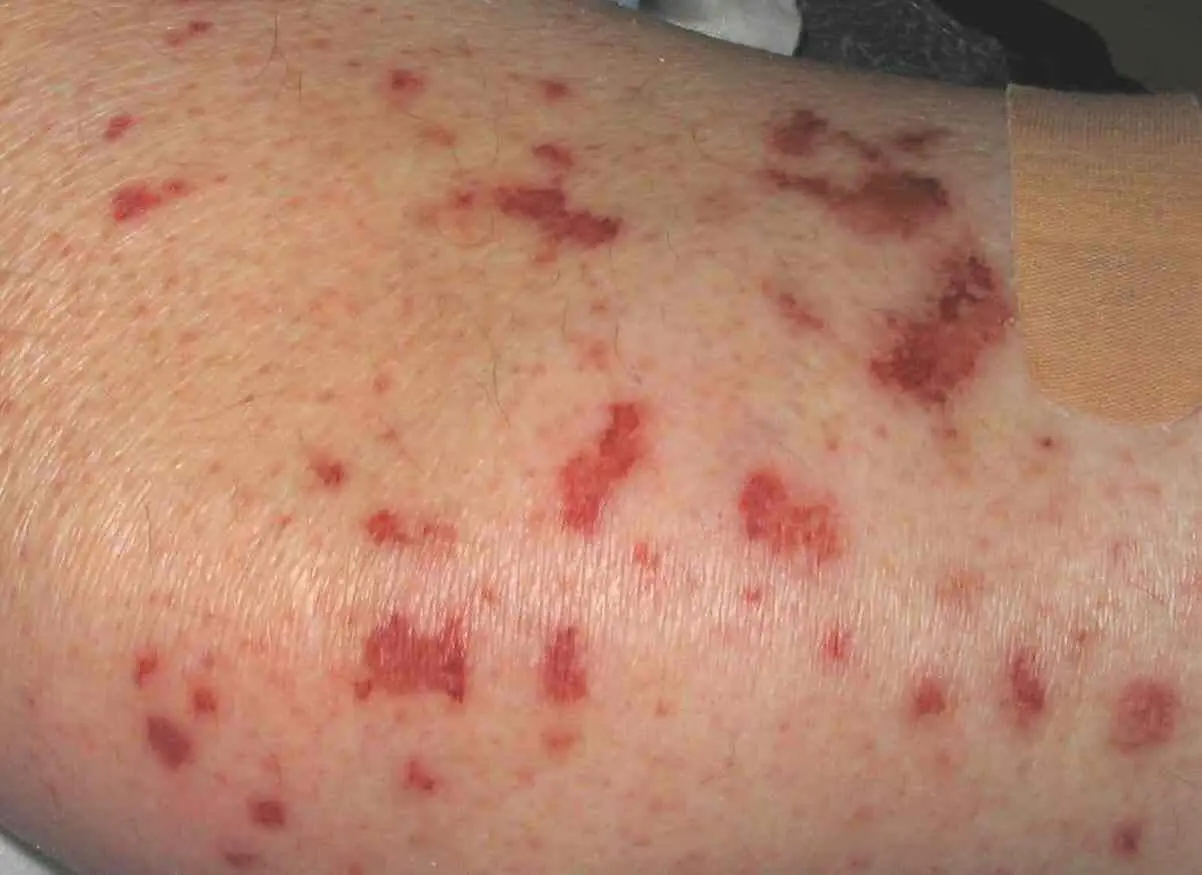Can Churg-Strauss Syndrome be Cured?
Sometimes
Outcomes vary, and the disease may have relapses and remissions; treatment aims to control inflammation, prevent organ damage, and improve quality of life

What is Churg-Strauss Syndrome?
Churg-Strauss syndrome, now referred to as eosinophilic granulomatosis with polyangiitis (EGPA), is a rare autoimmune disorder characterized by inflammation of blood vessels. It can affect multiple organs. Treatment involves immunosuppressive medications.

Clinical Aspects

Characteristics
Rare autoimmune vasculitis that affects small and medium-sized blood vessels

Symptoms
Asthma, allergic rhinitis, eosinophilia, vasculitis manifestations

Diagnosis
Blood tests, imaging studies, sometimes biopsy

Prognosis
Variable, depends on the organs involved and response to treatment

Complications
Organ damage, complications affecting multiple organs
Etiology and Treatment

Causes
Exact cause unknown; may involve an abnormal immune response

Treatments
Immunosuppressive medications, corticosteroids, treatment of specific manifestations

Prevention
Immunosuppressive medications, corticosteroids, treatment of specific manifestations
Public Health and Patient Perspectives

Epidemiology
Rare autoimmune vasculitis affecting small- to medium-sized blood vessels

Patient Perspectives
Immunosuppressive therapy, management of organ involvement
This information aims to provide a general understanding of the subject matter, but individual circumstances can vary significantly. Please remember to consult with healthcare professionals for personalized advice and guidance.
Share: